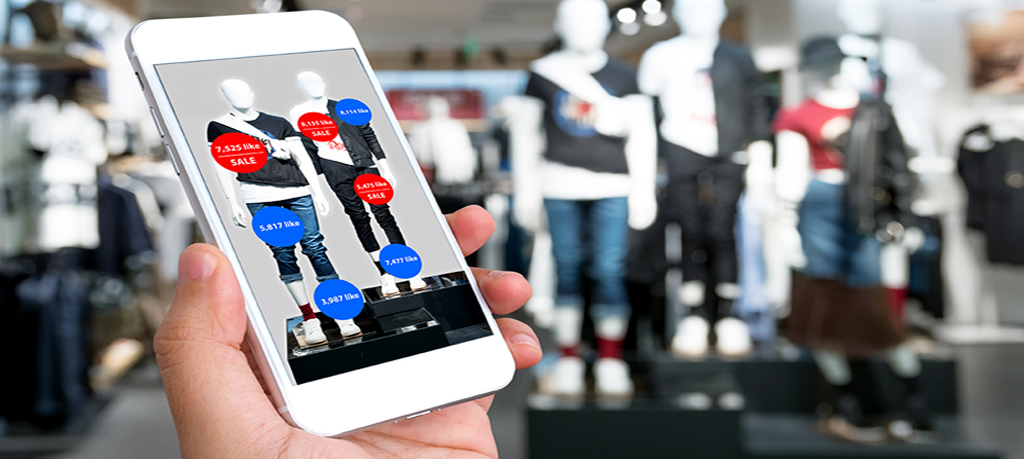Sustainability in environmental and operational efficiency has become a key factor for retailers to consider in their day-to-day practice.
The main driver for visual merchandisers is creating environmentally friendly stores but also driving customers to feel good about their shopping experience.
Visual merchandisers, in particular, face unique challenges when implementing sustainable practices. They have to find the balance between:
- Sustainability
- Brand compliance
- In-store compliance
- Customer experience
- Operational efficiency
Fortunately, retail technology offers solutions that don’t just preach sustainability through marketing campaigns but actually make an impact.
There are several benefits to leveraging retail technology tools to optimize sustainability in visual merchandising. These benefits can be broken down into two parts: retail compliance and operational efficiency.
Retail Compliance
Achieving in-store compliance is a massive undertaking, and making the practice sustainable can present additional challenges. These challenges include planning to meet the needs of individual stores.
This process includes planning at a higher level and then breaking down the individual needs of each store region, all while ensuring the right marketing materials are delivered to each store.
Signage and visual displays that require printed marketing materials require a huge lift just to be compliant. They also need visual merchandisers’ close attention to minimize, if not eradicate, any waste from additional signage.
This leads to cost savings and reduces the ecological footprint of retail operations.
Technology tools like One Door can assist in automating store-specific efforts, ensuring that stores receive only the necessary visual merchandising elements and avoiding excess inventory and waste.
Another aspect of sustainability that falls under retail compliance is how consumers connect to the brand. Consumers today are increasingly conscious of their environmental footprint and expect retailers to adopt sustainable practices.
By partnering with One Door, it’s seamless to embrace sustainability efforts. Retailers can reduce their environmental impact, enhance their brand reputation, and attract the right customers.
Sustainable practices resonate with customers who prioritize eco-conscious brands and reinforce that message through consistent compliance.
By implementing green initiatives, retailers can enhance the customer experience and build loyalty.
Technology tools enable visual merchandisers to create visually appealing displays that highlight sustainable products and materials, providing an immersive and environmentally friendly shopping experience.
One Door allows visual merchandisers to have real-time feedback on how their stores have set up displays. The platform also ensures that there’s consistent branding so customers know exactly what to expect every time.
Operational Efficiency
Another aspect of sustainability in the retail space is to ensure operational efficiency is met.
While there is some overlap between operational efficiency and brand compliance, operational efficiency can be measured through proactive data-driven decision-making.
Focusing on sustainability specifically, visual merchandisers play their part in driving operational efficiency by cutting down on printed plans and increasing communication efforts.
This reduces the time and resources that their store teams need to utilize to set up displays.
Retail technology tools, such as virtual store design software and data-driven platforms, offer valuable support in overcoming the challenges faced by visual merchandisers in optimizing sustainability efforts.
These tools enable visual merchandisers to plan and visualize sustainable practices while maintaining brand compliance and ensuring in-store localization.
By leveraging these retail technologies, visual merchandisers can minimize waste, enhance efficiency, and create an appealing customer experience that aligns with eco-conscious values.
One Door makes visual merchandising easier all around, especially in sustainability practices. One Door helps retail brands practice what they preach and efficiently operate under these practices.
Sustainability is a vital consideration for all retailers, and visual merchandisers play a crucial role in implementing sustainable practices.
By harnessing the power of retail technology tools, visual merchandisers can overcome challenges and optimize sustainability in their visual merchandising efforts.
From ensuring compliance to minimizing waste and enhancing the customer experience, the integration of retail technology unlocks opportunities for a greener and more successful visual merchandising strategy.
Want to learn more about creating efficient and sustainable visual merchandising practices to drive sales? Get a demo of One Door.
